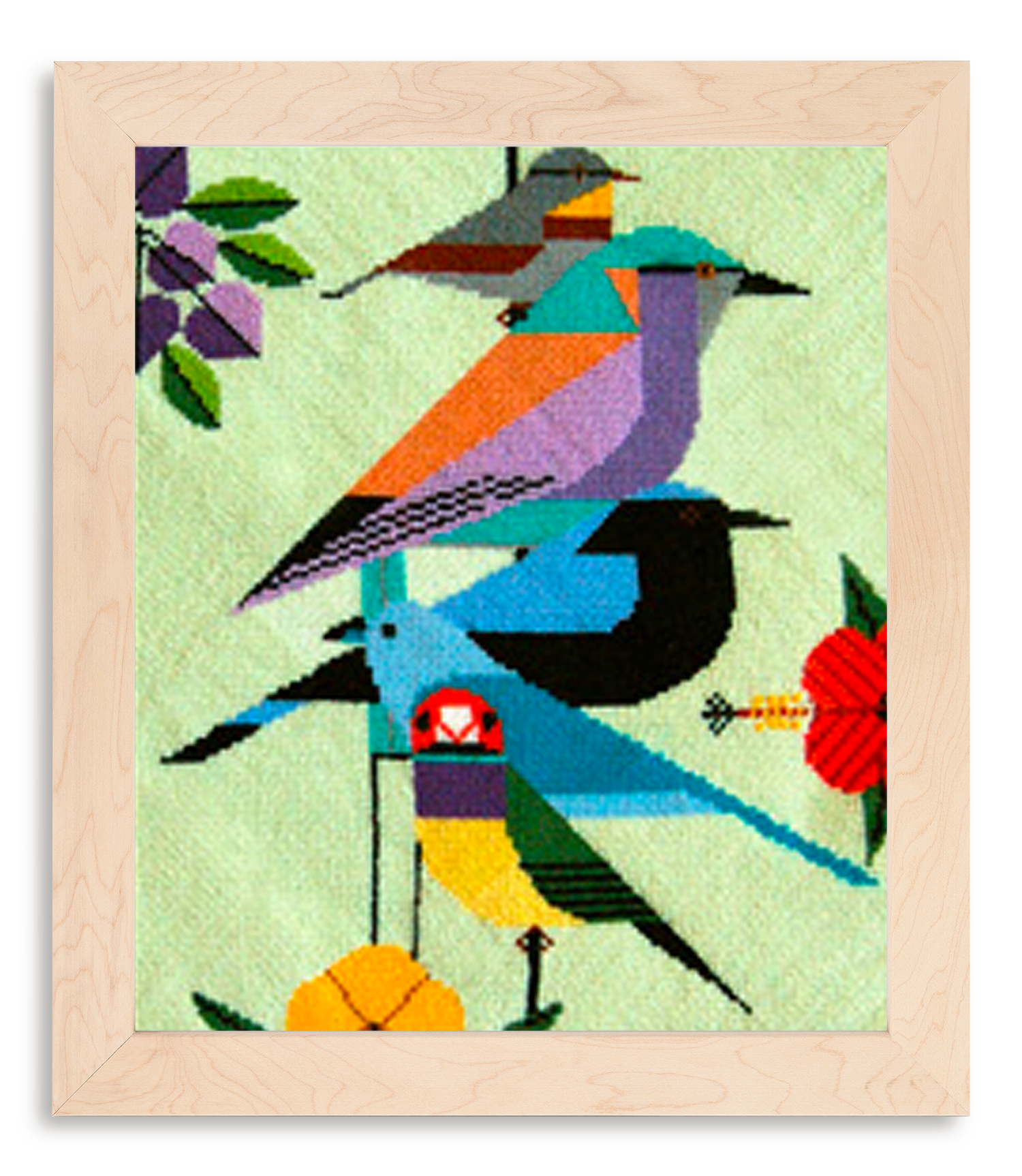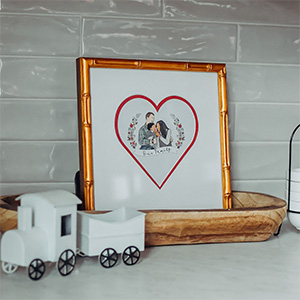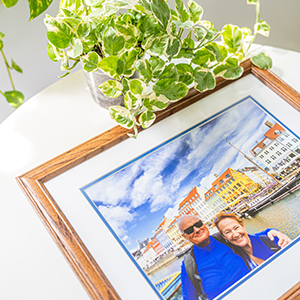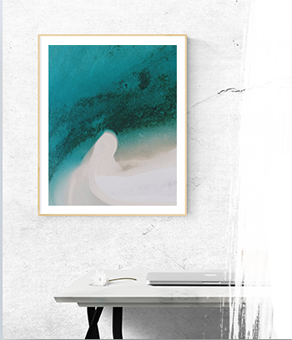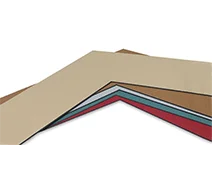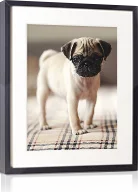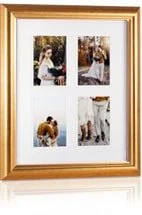Preserving And Protecting Needlepoint Art with Tru Vue Glazing
By David Lantrip, Industry Expert
In the past few years, custom framers may have seen an increase in needlepoint framing. This upward trend in needlepoint framing projects is partly in thanks to the attention it has received from celebrities and the fashion industry. This recent rise in the popularity of needlepoint is no surprise to fabric-art enthusiasts who have long admired it for the fine detail in its design, texture, and color. Yet, many of these enthusiasts do not realize the best way to protect and bring out the fine details of these pieces is to glaze the projects with Museum Glass®.
Why glaze your needlepoint framing?
One question custom framers are likely to hear about needlepoint is whether or not the artwork needs glazing. For many years, customers were under the impression that needlepoint projects did not need glazing. This assumption stems, at least partially, from the requirements of needlepoint competitions, where judges would make an extremely close inspection of every piece, and from the desire of customers to enjoy the fine detail and texture. Even though this view has been handed down from past generations, it no longer applies given the types of glazing products available, like Museum Glass which provides 99% UV protection, among other benefits.
Top reasons to glaze your needlepoint
I always suggest that framing packages for needlepoint include glazing for several reasons. Below you will find the top three:
- UV light can be damaging to needlepoint: One of the most amazing aspects of needlepoint art is its vibrant colors, which can fade without protection. Some fabrics, like silk, are particularly sensitive to light. Even reflected light that doesn’t come from direct exposure through a window is damaging, which means that UV protection is needed in most parts of a house.
- Dirt and soiling have an inevitable impact on exposed art: In addition to providing UV protection, the right glazing provides a barrier to dust, other air pollutants such as residue from furnaces or fireplaces, curious fingers, and unforeseen accidents. If artwork is not glazed, it is at risk. It is much harder to clean needlepoint than it is to keep it clean behind a protective barrier.
- Insects can destroy needlepoint: Tiny insects are very attracted to silk and wool, in particular, and have been known to burrow into the fibers and cause damage. Because the effects are often undetected before it’s too late, the best protection is prevention with the right type of glazing.
What glazing to use?
I recommend Museum Glass® not only for its UV protection but also for its amazing clarity. One of the distinctive qualities of needlepoint is the high level of fine detail, along with its texture and color contrast. Anti-reflective glazing is essential for the full enjoyment of needlepoint artwork.
Like any other type of artwork, it is not recommended to place the glazing directly on the art. Mats, spacers, and even shadowbox constructions for work with embellishments are an important part of our framing package design to keep the distance between the glazing and the art.
Although glazing protects the artwork and Museum Glass offers superior clarity, it still is true that for needlepoint competitions the projects entered should not have glazing. In these cases, it is best to include glazing as part of the framing package, but then add it to the piece after the competition is complete.
Given the investment in time and money that creating needlepoint requires, it makes sense to protect it for long-term enjoyment and preservation by adding the right glazing to the framing package.
Looking to explore our full collection of glass glazing offerings? Click the button below!








